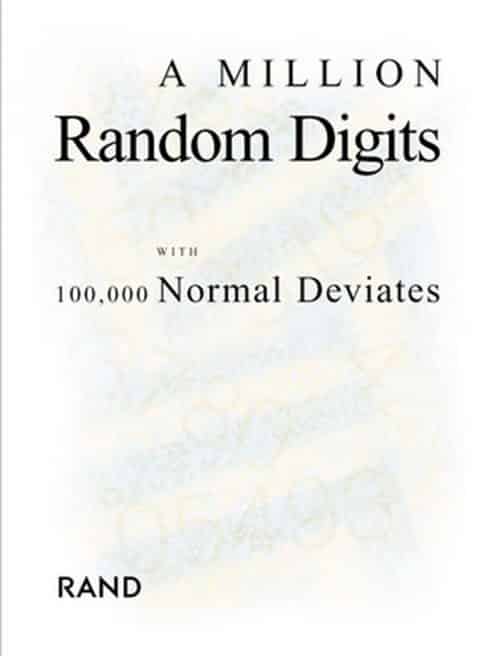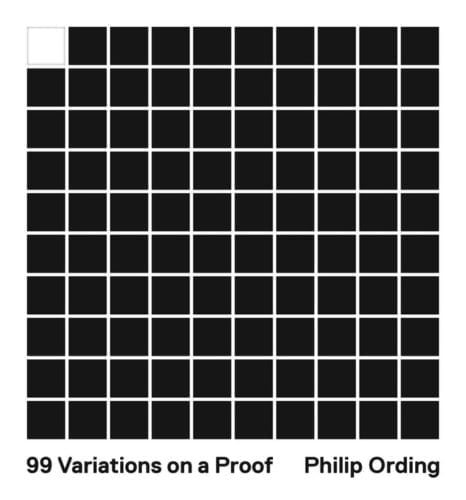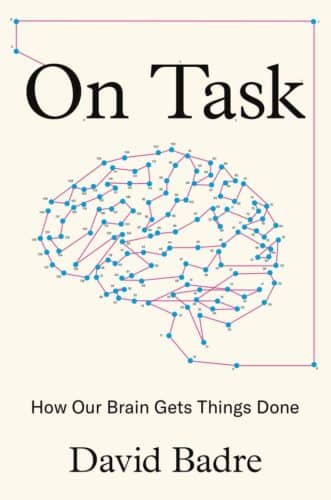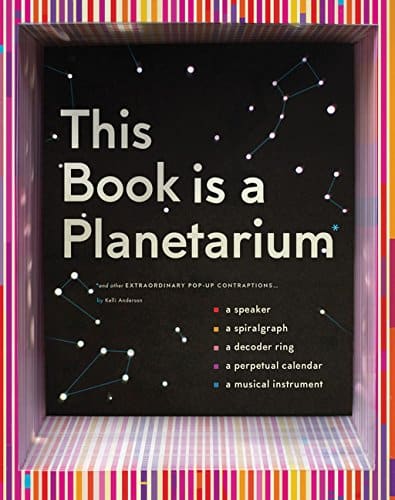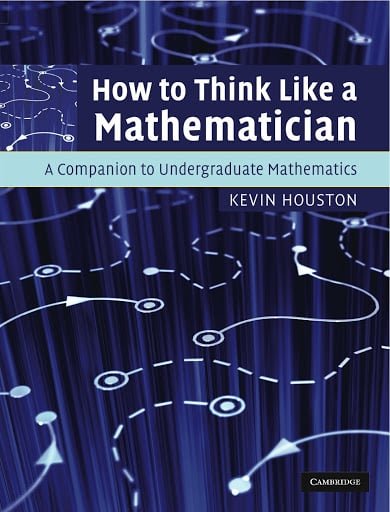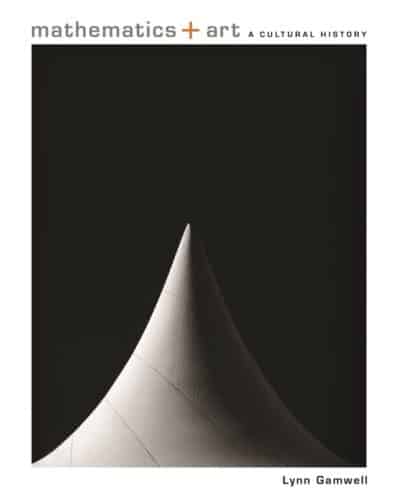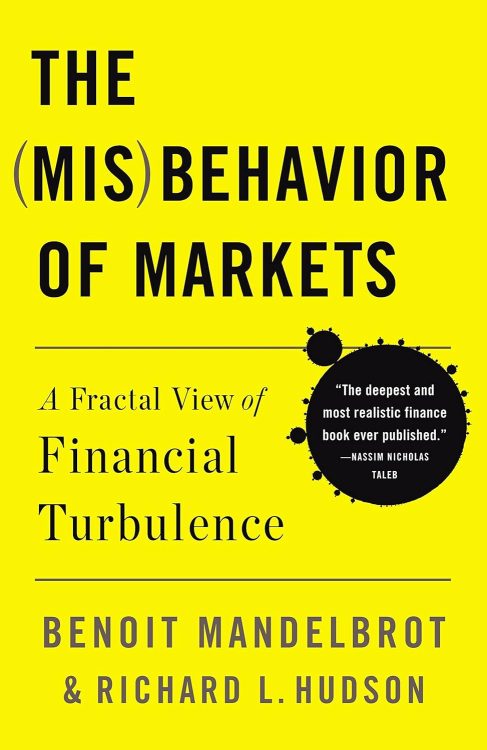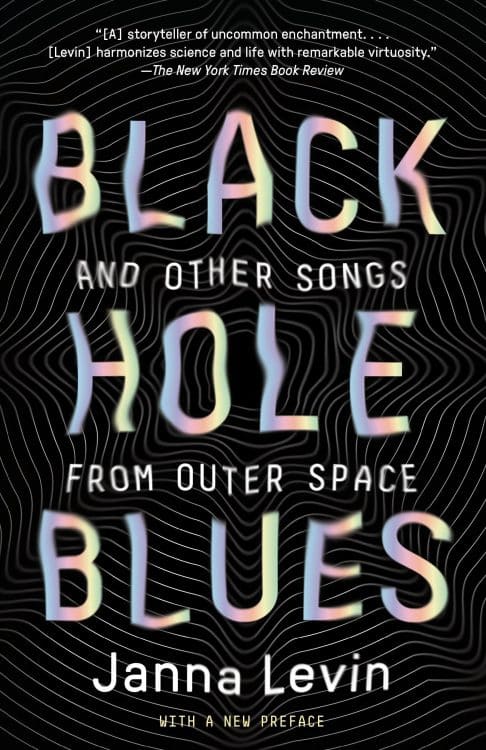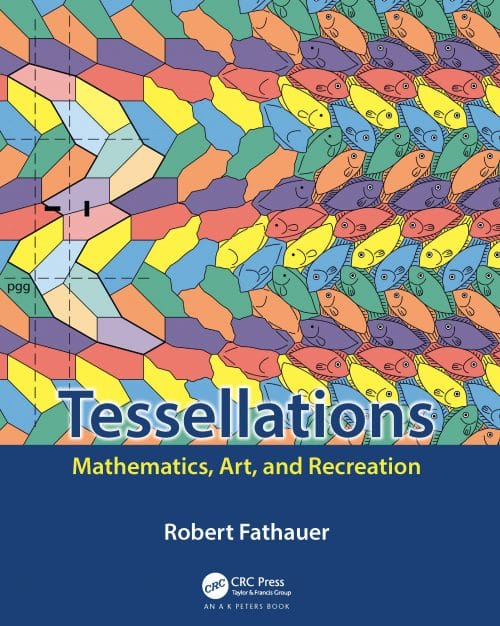Jordan Ellenberg’s How Not to Be Wrong: The Power of Mathematical Thinking is a robust and enlightening exploration of the relevance and necessity of mathematics in our daily lives. Ellenberg, a mathematician himself, argues that a mathematical lens provides clarity and substance to the world around us, from the decisions we make to the phenomena we observe. The book straddles the line between being scholarly and accessible, making profound ideas palpably resonant for those who may have previously seen math as a static, insular field.
Ellenberg contends that the math taught in school is far more integral to the world than we typically acknowledge. Mathematics is not merely a collection of rules but a vital mechanism for understanding life’s complexities. The book dives into practical applications such as optimizing airport arrival times, interpreting public opinion polls, genetics, political forecasts, and even the odds of developing certain diseases.
The author isn’t content with keeping math in the realm of pure theory or within the confines of classrooms. Instead, he advocates for its practical application, presenting it as a tool for critical thinking and problem-solving that spans many disciplines. Mathematics, in Ellenberg’s view, helps us make informed decisions and uncovers the truth beneath muddled data and misinformation.
How Not to Be Wrong cuts through various topics with mathematical threads, discussing everything from sports to politics, from psychological research to the potential existence of God. He bridges abstractions with tangible examples and stories, lending an air of adventure to the subject matter.
Jordan Ellenberg writes with an engaging and narrative-driven style that manages to be witty and forthright. His explanations are laced with humor and relevancy, avoiding the pitfalls of dense jargon that could alienate non-mathematically inclined readers. The book stands out for its ability to relate complex mathematical concepts to a broad audience, encouraging readers to consider the impacts of these concepts in new and varied contexts.
The use of historical anecdotes and modern dilemmas serves to ground mathematical theories in the real world, allowing readers to grasp their implications fully. Ellenberg’s storytelling prowess makes for a compelling read that is both educational and entertaining.
How Not to Be Wrong is a triumph of popular math writing, serving as both an illuminating guide for the layman and a thoughtful reflection for those more familiar with the subject. Whether you’re a math enthusiast, a professional mathematician, or someone who has shied away from numbers since high school algebra, there’s enriching insight to be found in these pages.
This book is not just about mathematics; it’s about how we think and how we can use mathematical thinking to not be wrong—or at least to be wrong less often. It’s an essential read for anyone who wants to understand the significant role math plays in our world and how it can be used to enhance our everyday decision-making.
Jordan Ellenberg’s work is an eloquent reminder of the power and scope of mathematics. It carries an empowering message that mathematical thought is not an elite privilege but an accessible asset ready to amplify humanity’s collective common sense. I wholeheartedly recommend How Not to Be Wrong to anyone and everyone. It is a revelation that the world is indeed “shot through with” math, and understanding it just a little bit more can profoundly affect our perspective on practically everything.



